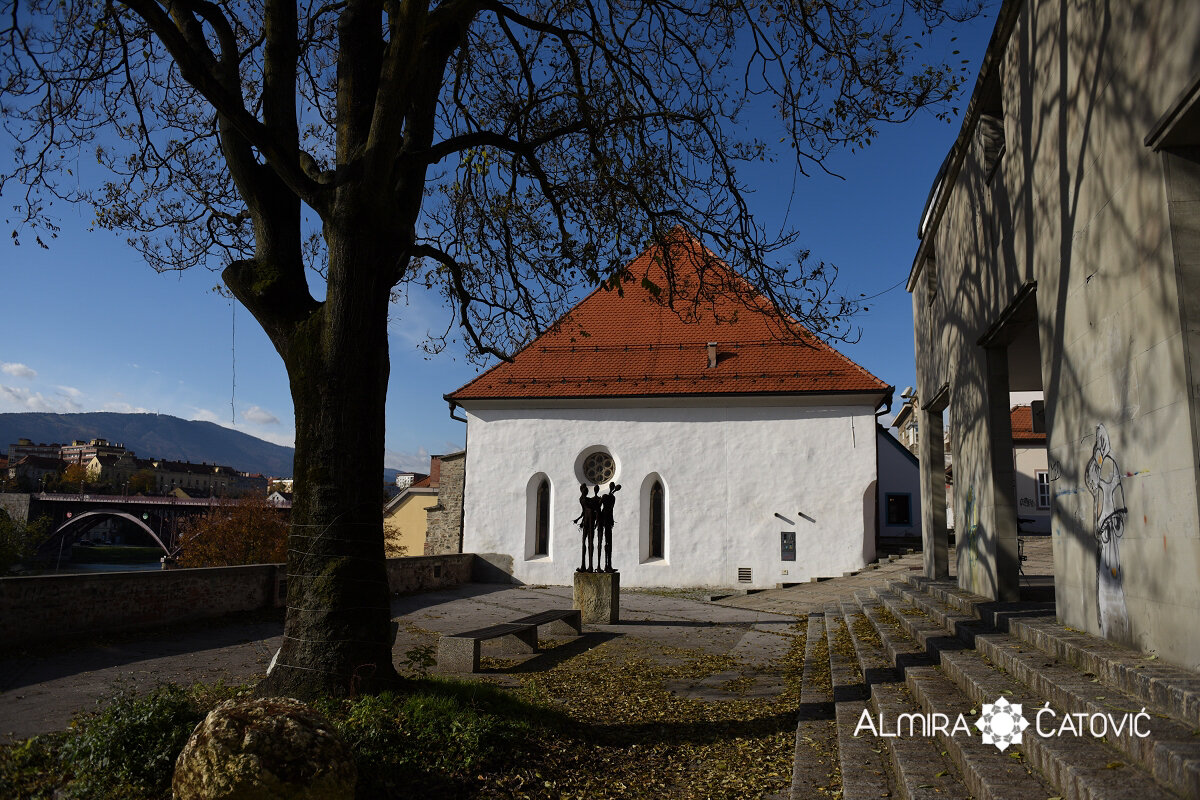
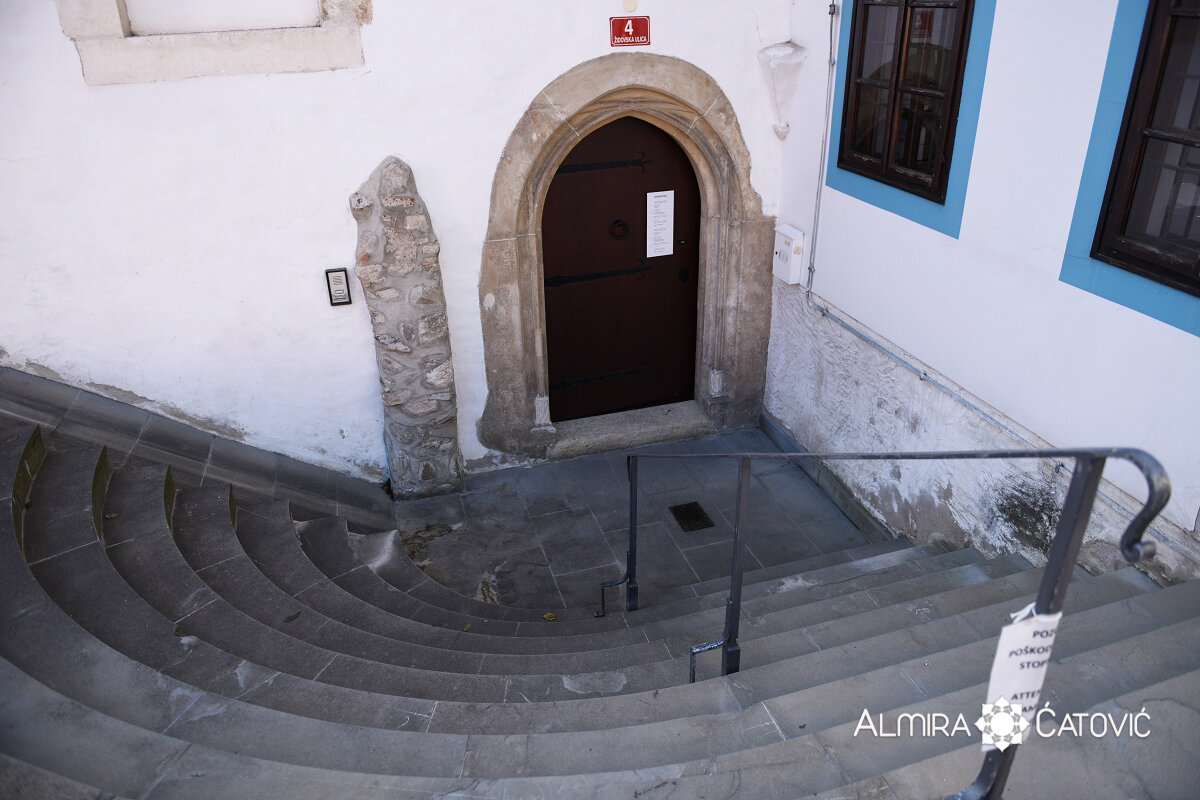
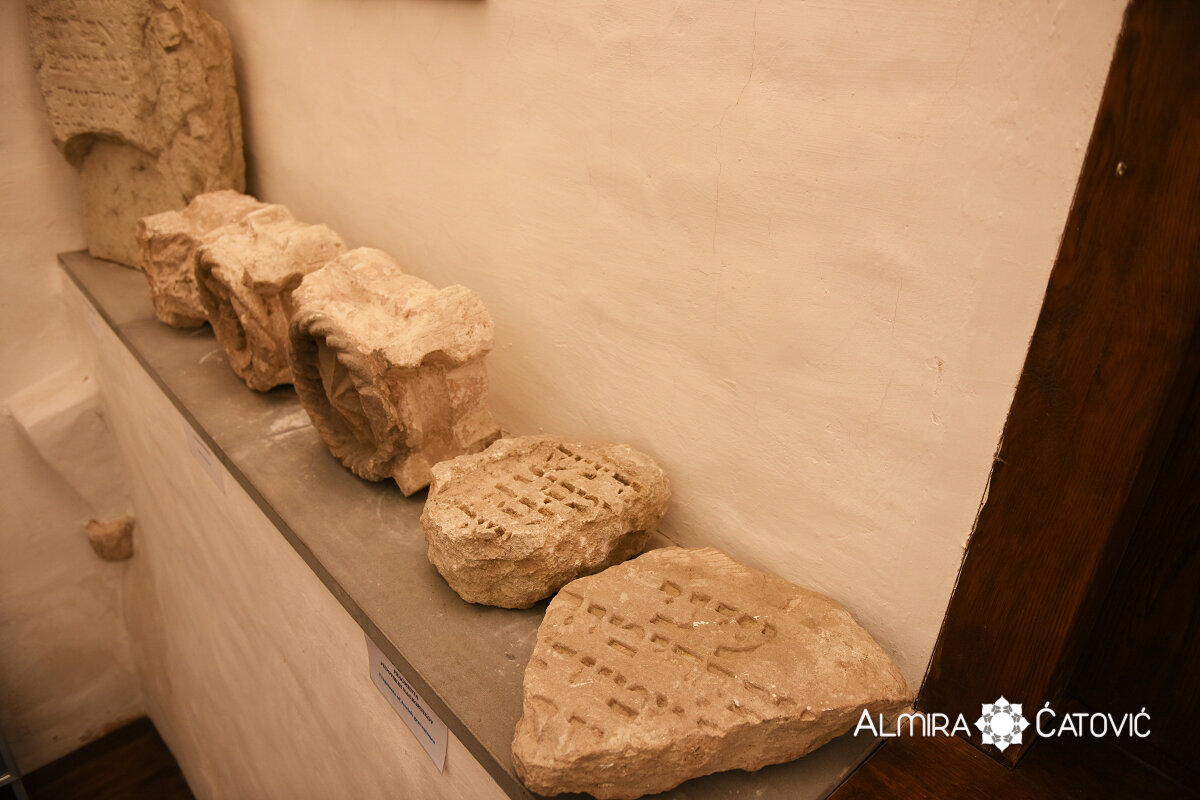
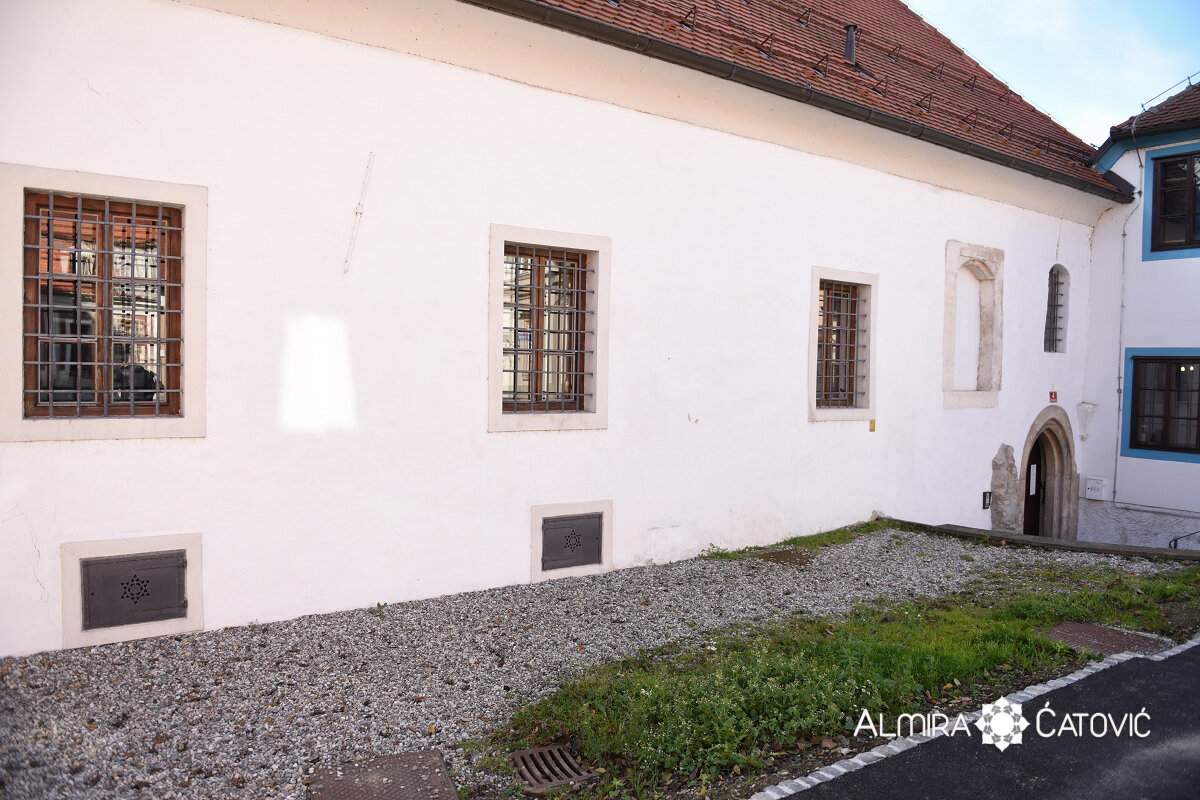
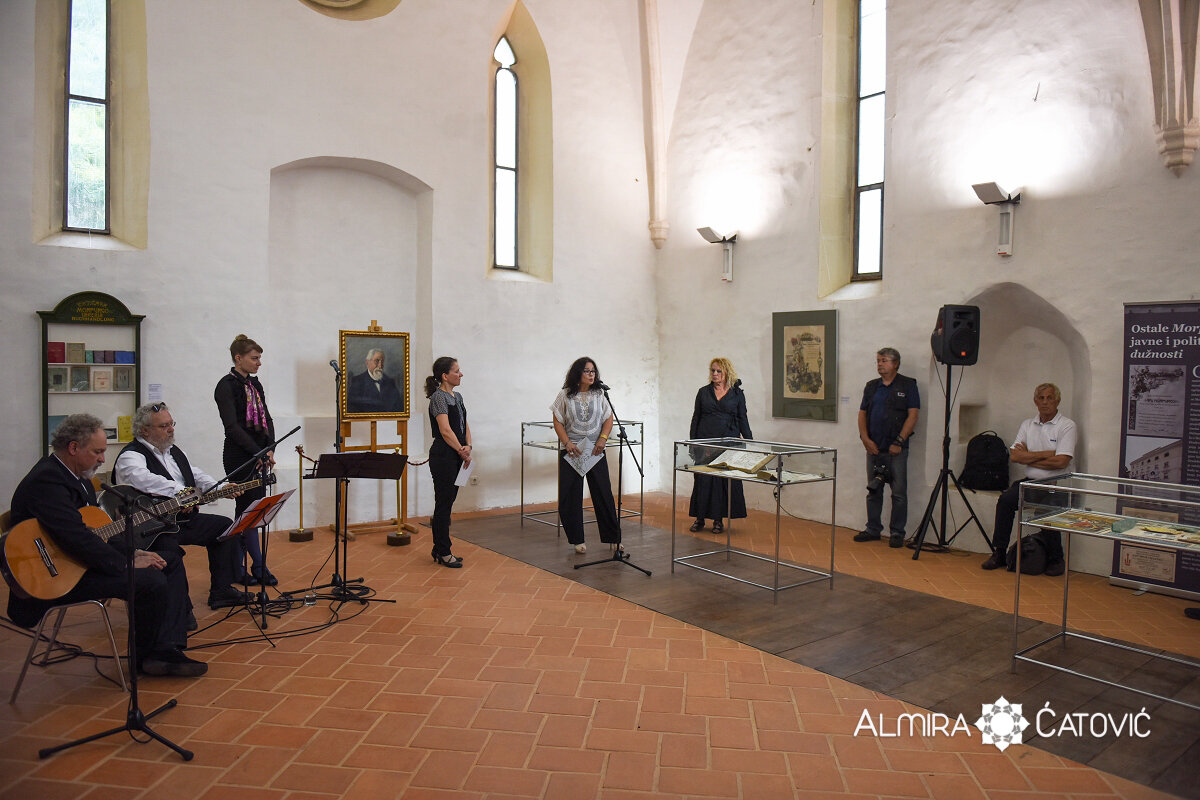
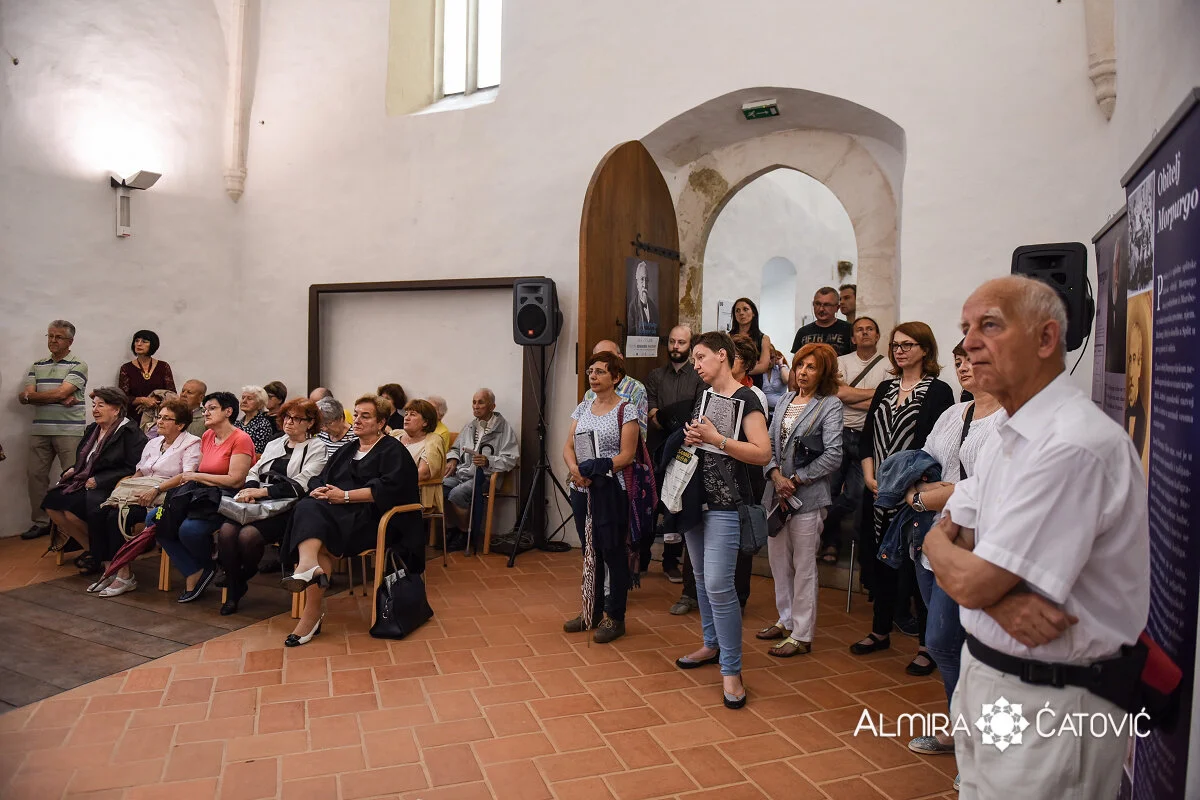
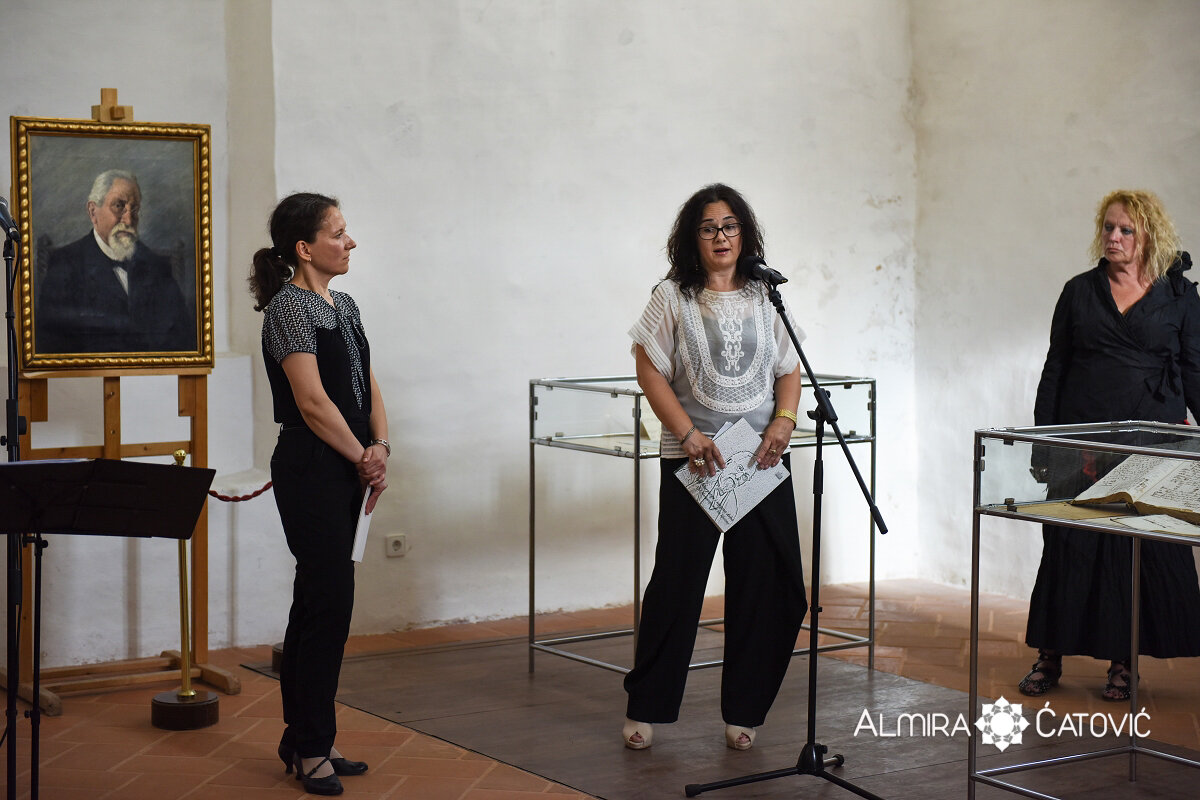
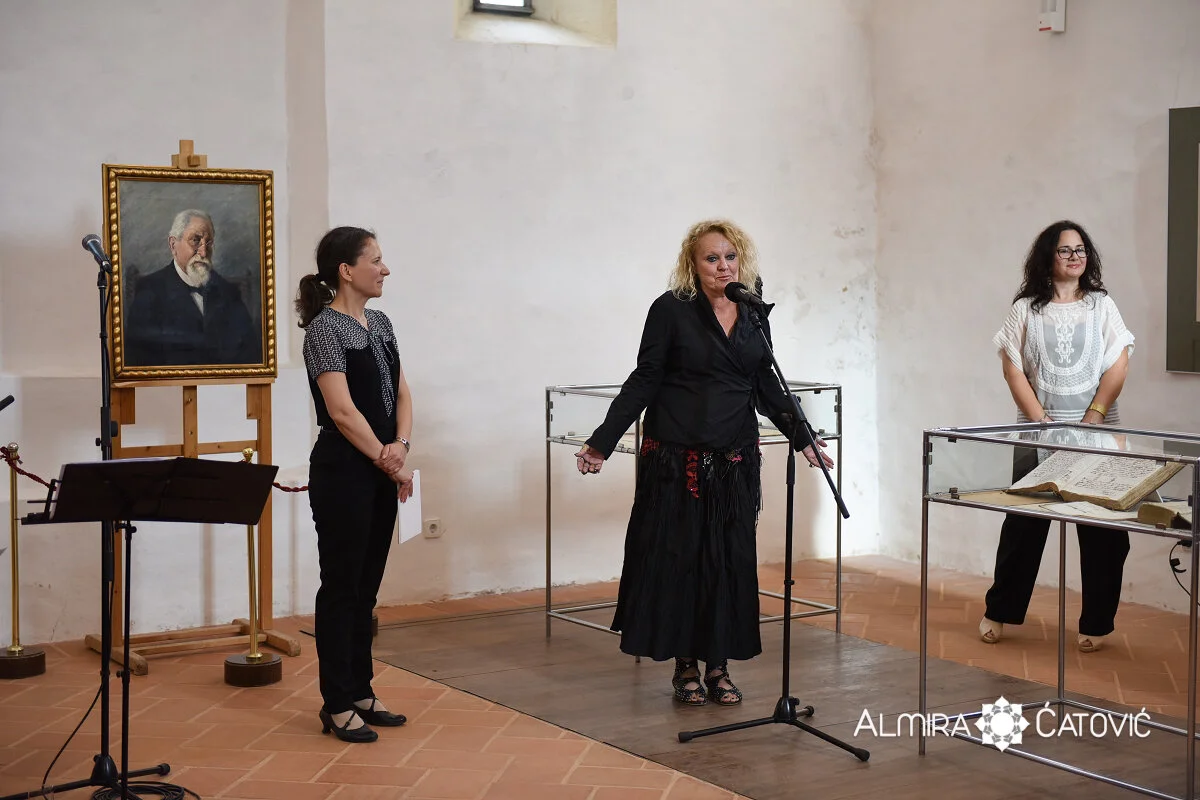
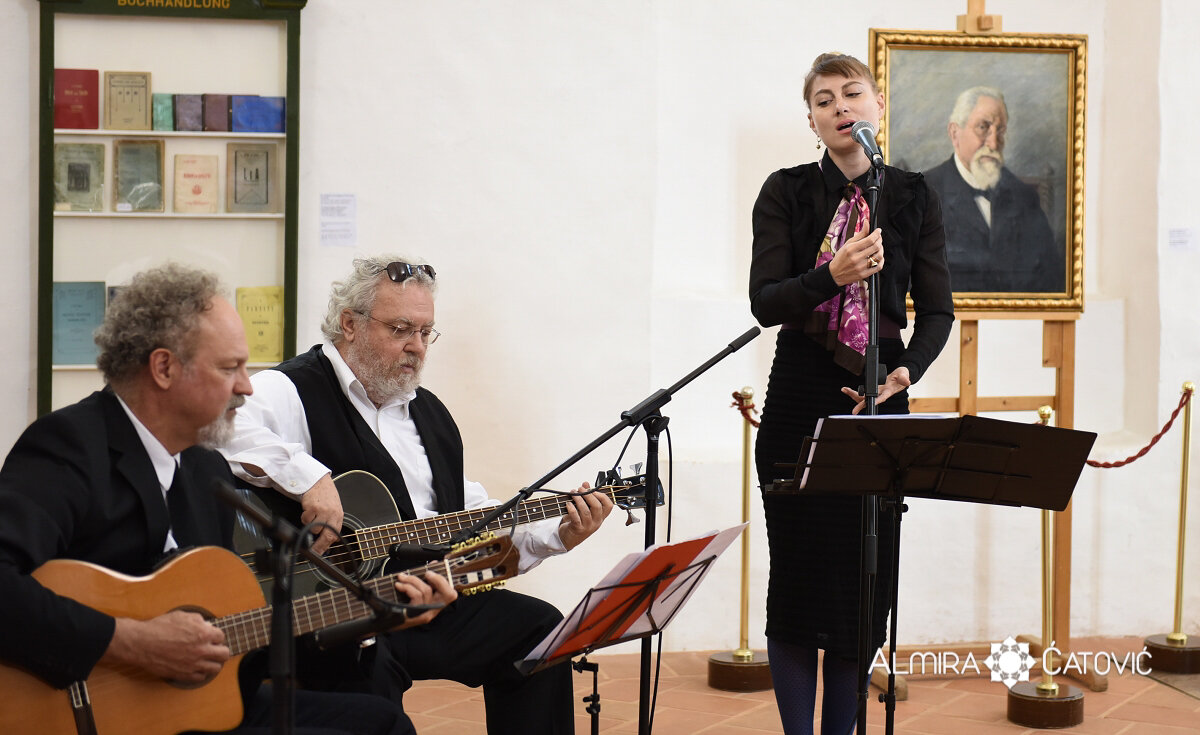
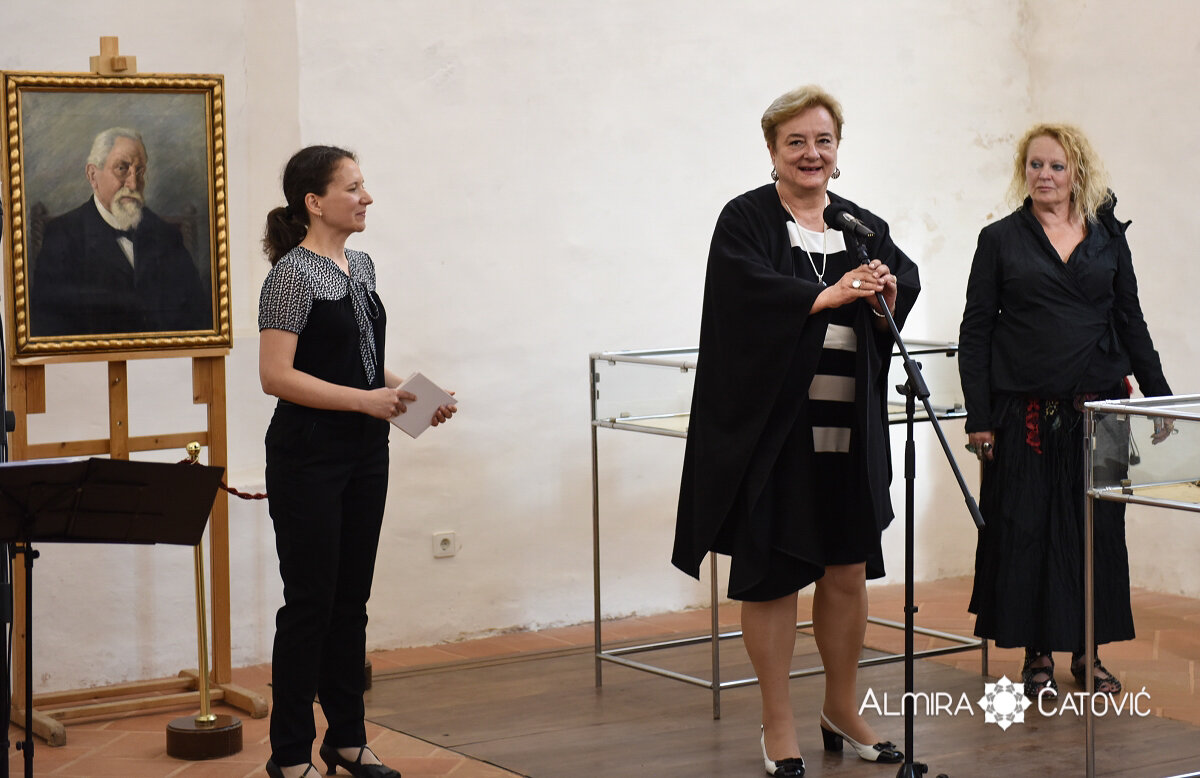
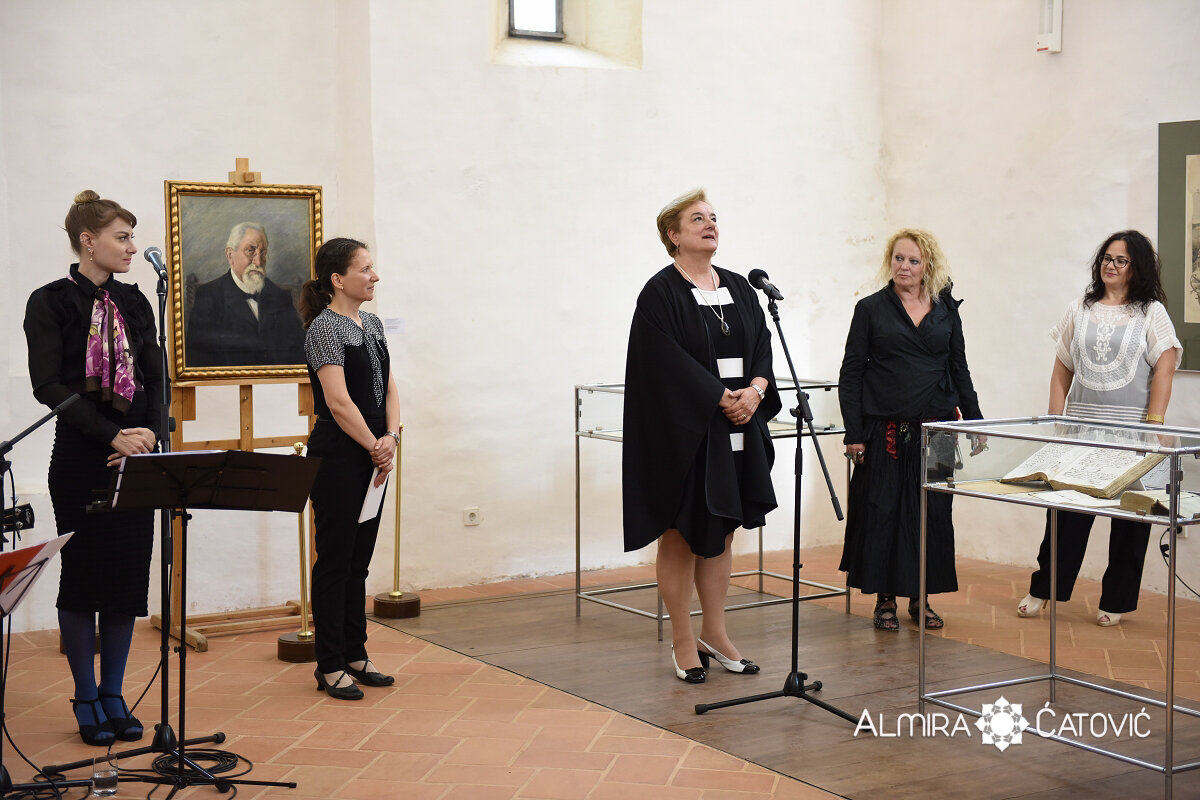
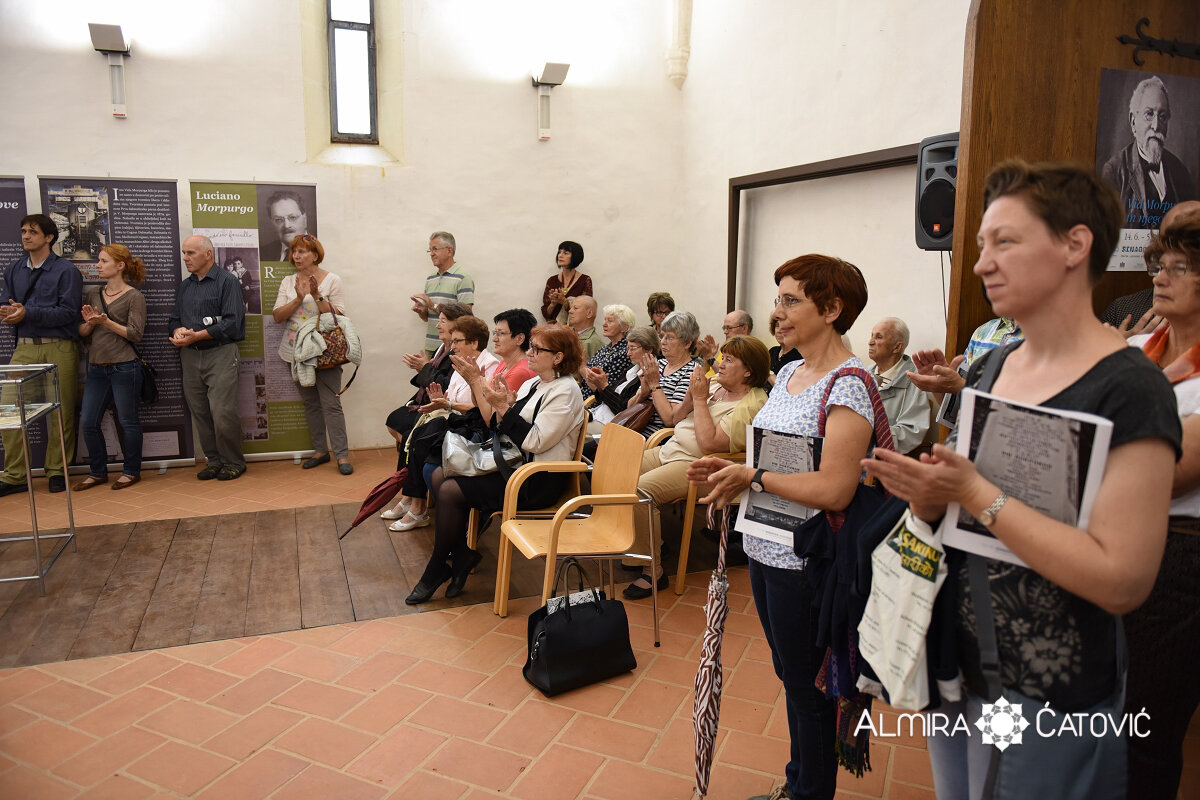

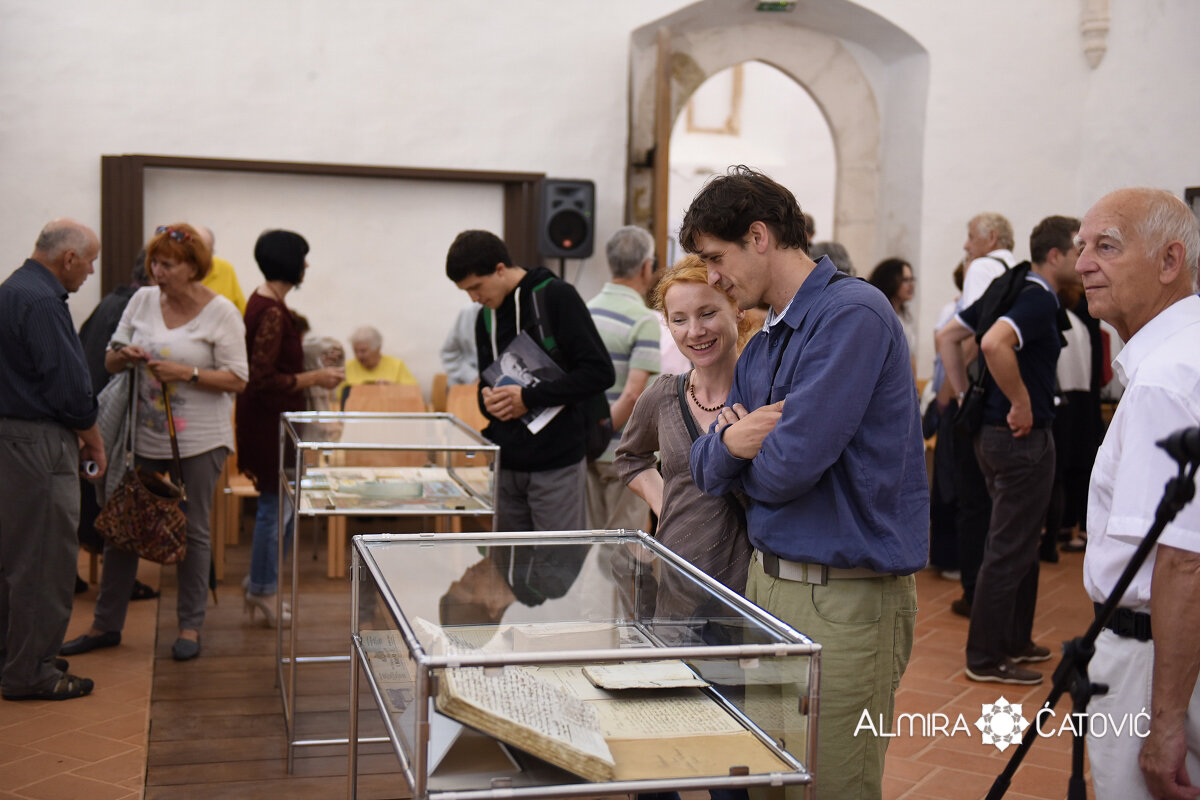
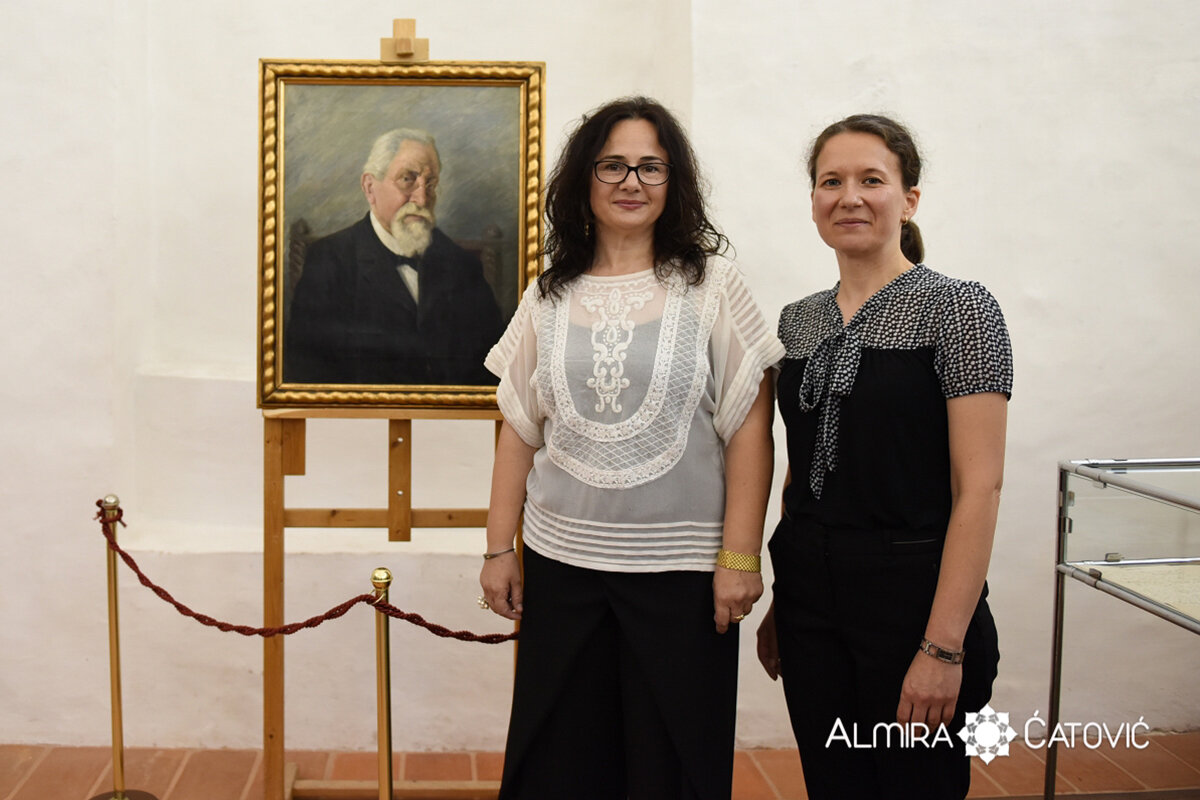
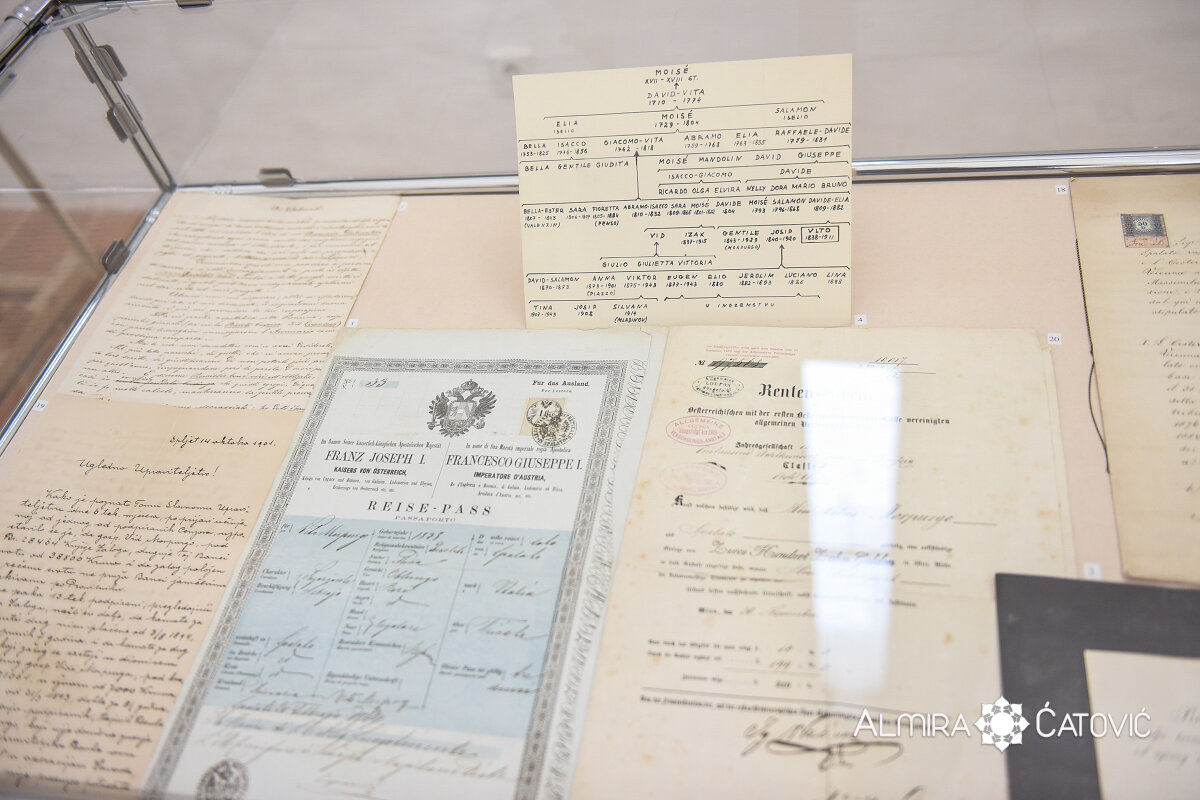
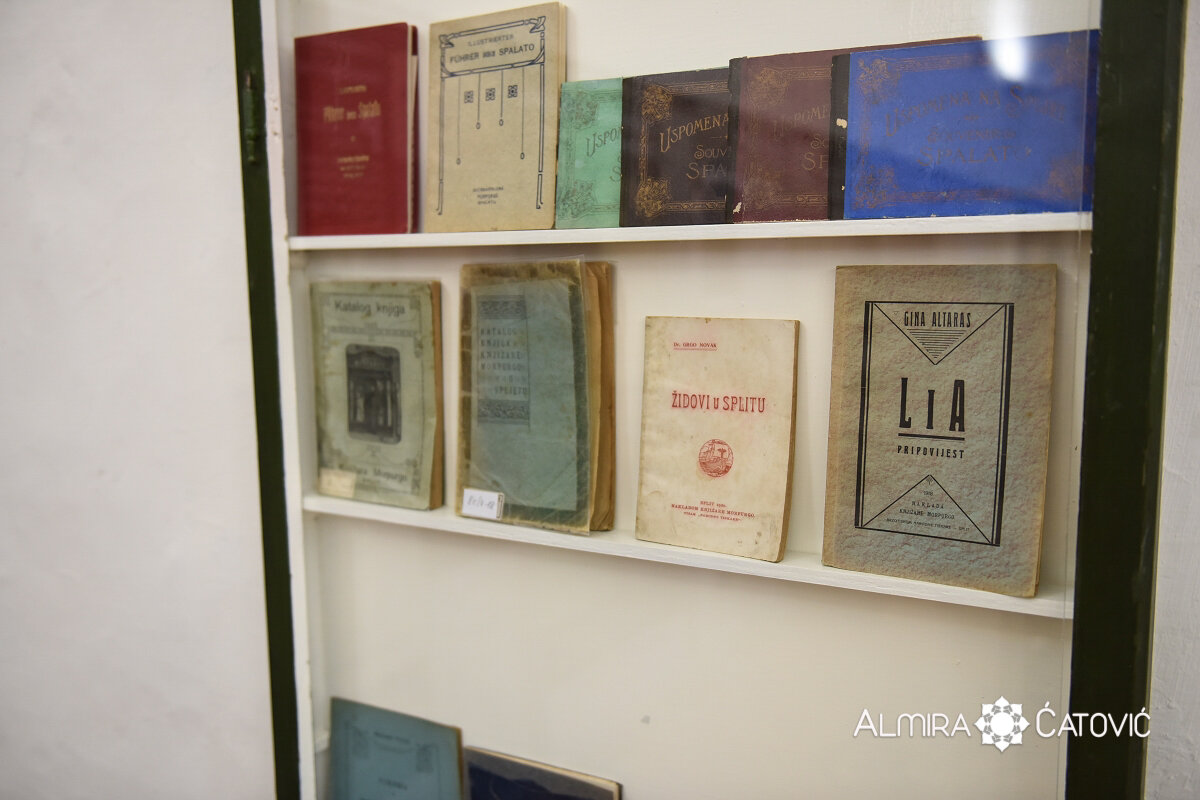
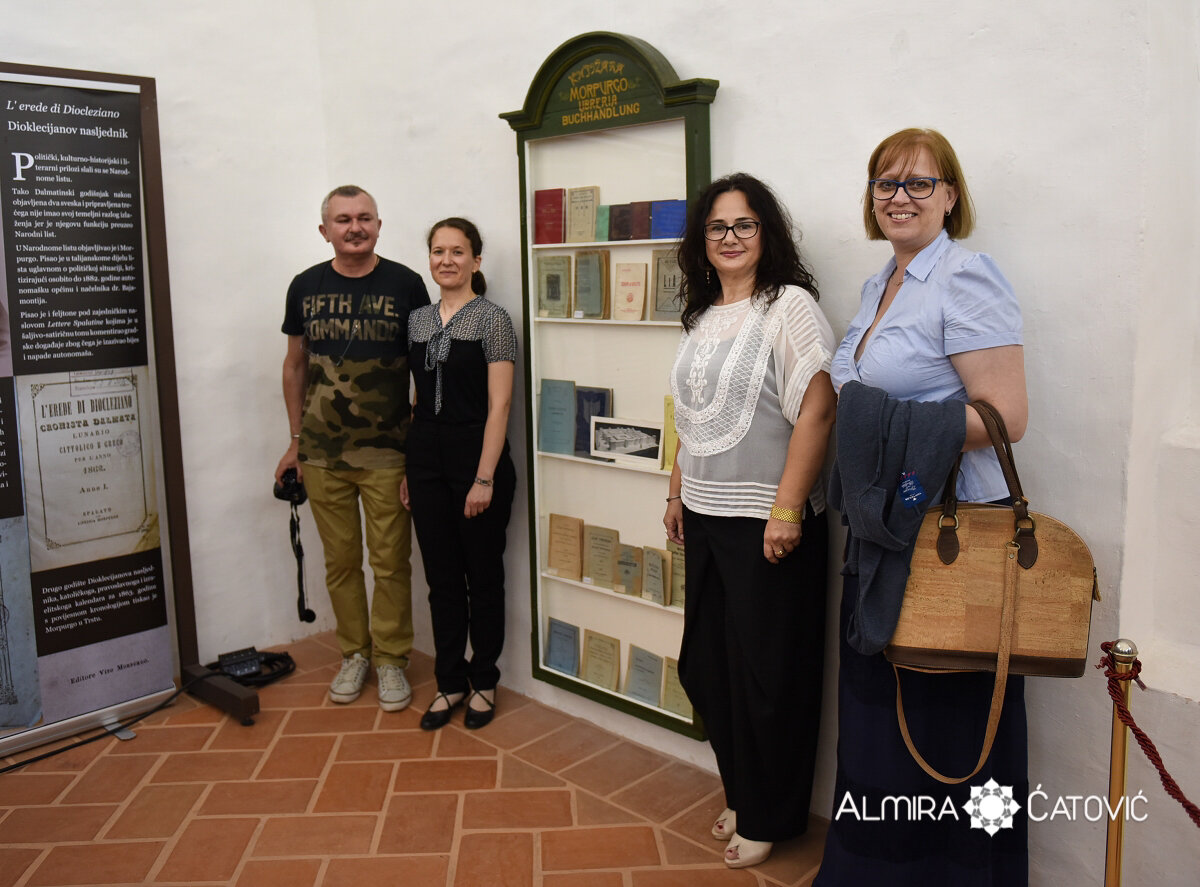
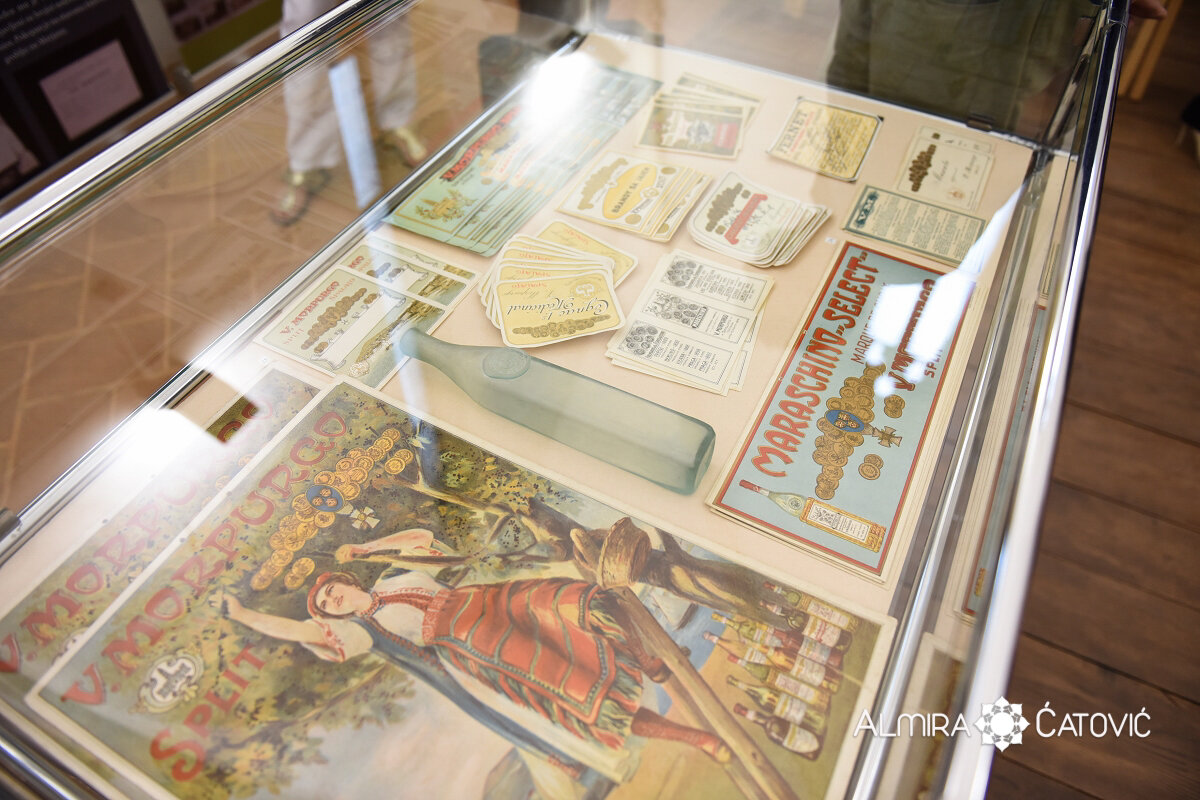
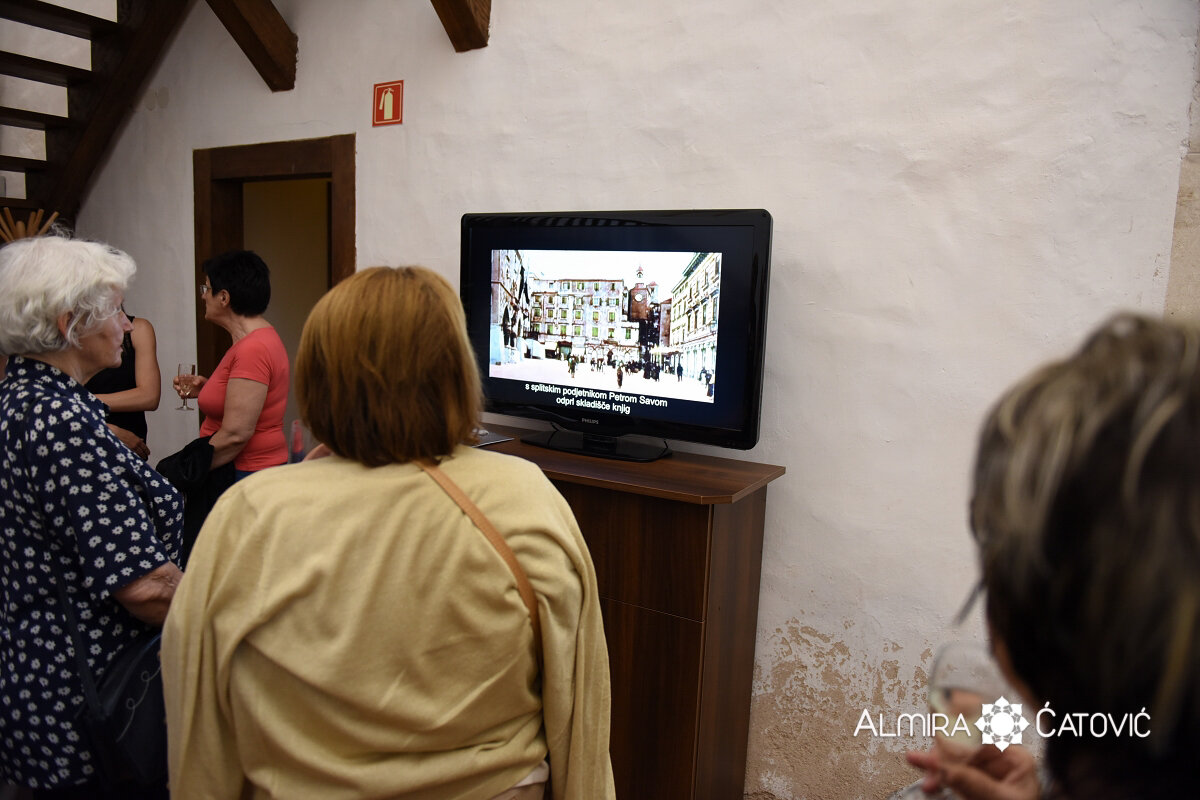
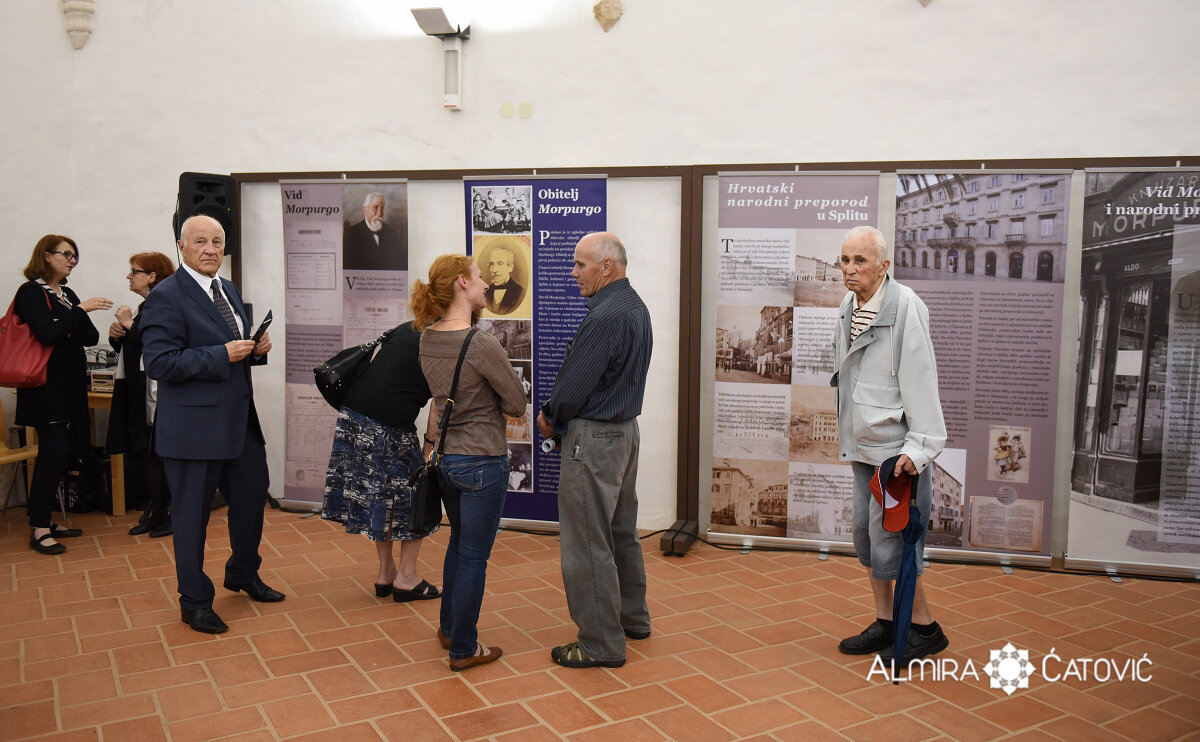
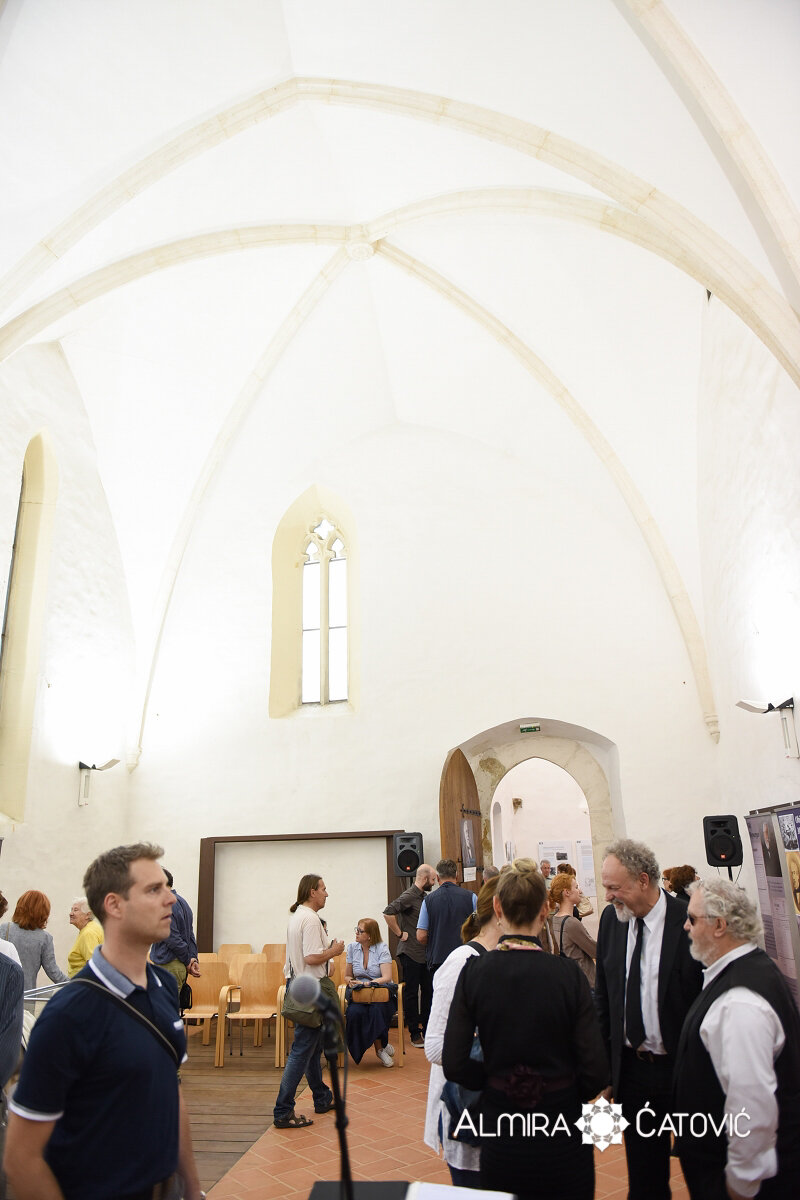
Documentary exhibition:
Vid Morpurgo and his lifetime
English
The documentary exhibition of the Split City Museum presents life and work of Vid Morpurgo, one of the most prominent personalities in Split in the second half of the 19th and the beginning of the 20th century. The honorary sponsor of the visiting of the Vid Morpurgo and his lifetime exhibition is Her Excellency Vesna Terzić, Croatian Ambassador to Slovenia.
On 18 March 1496, Emperor Maximillian I issued a decree on the expulsion of the Jews from Styria, Wiener Neustadt and Neunkirchen. The Maribor Jews, who at that time represented one of the most prosperous and important Jewish communities in all the Inner Austrian lands, thus had to leave the city by the Drava river and move to other places. In the new places, individual exiled Maribor Jews took the Marpurgo or Morpurgo surnames and thus carried the name of their former home city abroad.
In 2016, marks 520 years since the medieval exile of the Jews from Styria thus the city of Maribor. To commemorate this sad milestone and warn against similar ones, the Center of Jewish Cultural Heritage Synagogue Maribor designed a two-year project Tracing the paths of Maribor Jews. Its aim is to present to the public the medieval history of the Maribor Jews, as well as – in the example of the Morpurgo family – their life paths and fates in the last five centuries. In the framework of the project, we will prepare different programmes, from lectures and presentations, an international scientific meeting to pedagogical and andragogic activities. The beginning and the closure of the project will be marked by two exhibitions. The first one is the present exhibition Vid Morpurgo and his lifetime that was prepared by the Split City Museum.
Vid, also known as Vito, Morpurgo was born in a renowned Jewish family. As a book shop owner and publisher, a founder of the famous Morpurgo Bookstore which is still operating, a merchant, politician, industrialist and entrepreneur who dealt with the production of liqueurs and wine and who contributed to the development of wine growing and wine making in Split, an initiator of the First steam brickworks factory in Split, the president of the Split Chamber of commerce and trade, a representative in the Dalmatian Parliament, the community chairman and the president of the First People’s Bank of Dalmatia, he was one of Split’s most committed eminent people who were politically and culturally active just in the time of national revival in Dalmatia. Despite his extremely important role, which he played in the political, economic and cultural development of Split and Dalmatia, he always rather stayed in the shadows. Perhaps just because of this, political circumstances and destruction of the Archives of the Split Jewish Community during the Second World War, for several decades, his role in social and political life of Split was not sufficiently appreciated in public, and his work and activity not researched thoroughly enough up until 2010, when the Split City Museum presented the life and work of this grand and ambitious Split and Dalmatian personality with the exhibition.
Slovenian
Muzejsko-dokumentarna gostujoča razstava Mestnega muzeja Split predstavlja življenje in delo Vida Morpurga, ene najvidnejših osebnosti Splita v drugi polovici 19. in na začetku 20. stoletja. Častna pokroviteljica gostovanja razstave Vid Morpurgo in njegov čas je njena ekscelenca Vesna Terzić, hrvaška veleposlanica v Sloveniji.
18. marca 1496 je cesar Maksimilijan I. izdal odlok o izgonu Judov s Štajerske, Dunajskega Novega mesta in Neunkirchna. Mariborski Judje, tedaj del ene najbolj cvetočih in pomembnih judovskih skupnosti v vseh notranjeavstrijskih deželah, so tako morali zapustiti mesto ob Dravi in se odseliti v druge kraje. V novih krajih so posamezni pregnani mariborski Judje prevzeli priimek Marpurgo ali Morpurgo in s tem ime nekdanjega domačega kraja ponesli v svet.
V letu 2016 mineva 520 let od srednjeveškega izgona Judov s Štajerske oziroma iz Maribora, zato so v spomin in opomin na ta prelomni dogodek v Centru judovske kulturne dediščine Sinagoga Maribor zasnovali dveletni projekt Po poteh mariborskih Judov. Z njim želijo javnosti predstaviti tako srednjeveško zgodovino mariborskih Judov kakor tudi – na primeru družine Morpurgo – njihove življenjske poti in usodo v zadnjih petih stoletjih. V sklopu projekta pripravljajo tudi različne programe, od predavanj in predstavitev, mednarodnega znanstvenega srečanja do pedagoško-andragoških aktivnosti, začetek in zaključek projekta pa bosta zaznamovali dve razstavi. Prva je prav pričujoča razstava Vid Morpurgo in njegov čas, ki jo je pripravil Mestni muzej Split.
Vid, tudi Vito, Morpurgo se je rodil v ugledni splitski judovski družini. Kot knjigarnar in založnik, ustanovitelj znamenite, še danes delujoče Knjigarne Morpurgo, trgovec, politik, industrialec in podjetnik, ki se je ukvarjal s proizvodnjo likerjev in vina in ki je pripomogel k razvoju splitskega vinogradništva in vinarstva, pobudnik prve parne opekarne v Splitu, predsednik splitske Trgovsko-obrtne zbornice, poslanec v dalmatinskem zboru, občinski predsednik ter predsednik Prve ljudske dalmatinske banke je bil med najbolj angažiranimi splitskimi ugledneži, ki so bili politično in kulturno dejavni prav v času narodnega preporoda v Dalmaciji. Kljub izjemno pomembni vlogi, ki jo je odigral v političnem, gospodarskem in kulturnem razvoju Splita in Dalmacije, pa je zmeraj ostajal nekako v senci in morda prav zato, deloma pa tudi zaradi političnih okoliščin in uničenja arhiva splitske judovske občine v drugi svetovni vojni, njegova vloga v družbeno-političnem življenju Splita več desetletij v javnosti ni bila dovolj cenjena, njegovo delo in delovanje pa prav tako ne dovolj raziskana. Z razstavo je Mestni muzej Split javnosti prvič doslej skušal celoviteje predstaviti življenje in delo te velike in prizadevne splitske in dalmatinske osebnosti.





















